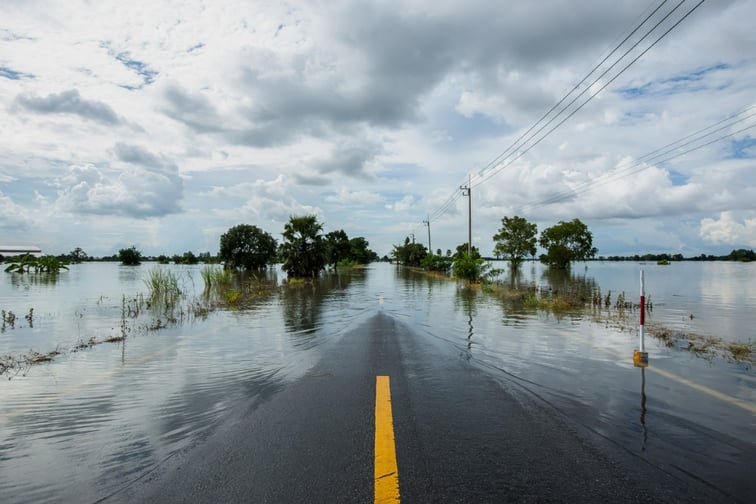

A new report from S&P Global Ratings found that New Zealand property and casualty (P&C) insurers are set to face lower earnings due to the recent extreme weather events that hit the country, backed by the numerous claims that the sector is currently facing. On the other hand, the life and health insurance sectors are in for a steady growth, with both expected to generate at least modest profit.
That said, the independent credit rating agency holds firm in its belief that the New Zealand insurance sector has adequate capital buffers to withstand the potential challenges that it may face. The stable rating outlook was applied not only across life and health, but also for the challenged P&C sector.
The report, analysed by S&P primary credit analyst Michael Vine, found that P&C insurers in the country are set to experience lower profits in 2023. This statement is an affirmation of the previous outlook provided by data analytics firm GlobalData, which noted that Cyclone Gabrielle and the Auckland floods are set to erode the profitability of property insurers.
Besides the several catastrophe events recorded within the first two months of 2023, which resulted in material property insurance claims, a likely second round of impacts driven by supply constraints across services and materials are expected to be felt in Aotearoa.
The report noted that while P&C insurers in NZ benefit from strong reinsurance support from the private market and the Toka Tu Ake EQC (Earthquake Commission), which will absorb a large portion of the claims, earnings are still expected to be materially lower this year than in recent years. The rise in reinsurance prices are also set to have an impact on profits.
On the flip side, these insurers’ earnings profiles will stand to benefit from improved investment earnings in 2023 due to higher yields and some unwinding of unrealized losses on investment portfolios.
Overall, the capital adequacy of insurers within the sector should remain a credit strength in 2023. The rise of natural catastrophe claims will be largely absorbed through current year earnings and reinsurance covers.
The report found a modest improvement for the profitability of the New Zealand life insurance sector over the next 12 months. Driving these gains are sound underwriting practices, scale efficiencies, and premium-rate rises across all lines.
The increase in insurer scale after five years’ worth of industry consolidation should add operational efficiencies. Higher interest rates within the sector will also provide some profit uplift as insurers release reserves on long-tail products and benefit from higher yield on reinvestment. As with the P&C market, life’s capital adequacy should continue to be a strength and remain solid, with ownership largely from supportive offshore parents.
As for health, the profits for the sector’s insurers are set to remain modest over the same period of 12 months. Industry players will likely target higher loss ratios to return benefits to customers after record profits during the pandemic. The dominant player that operates as a mutual and targets a high payout ratio will further drive the sector’s profitability. In addition, the normalization of claims frequency post-pandemic will depend on the capacity in the healthcare system.
Much like the life sector, health’s profits will be supported by premium growth and higher investment earnings. Its capital adequacy will also remain a credit strength.
What are your thoughts on this story? Please feel free to share your comments below.
